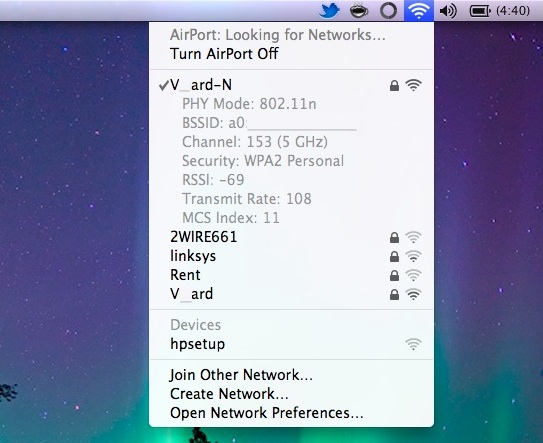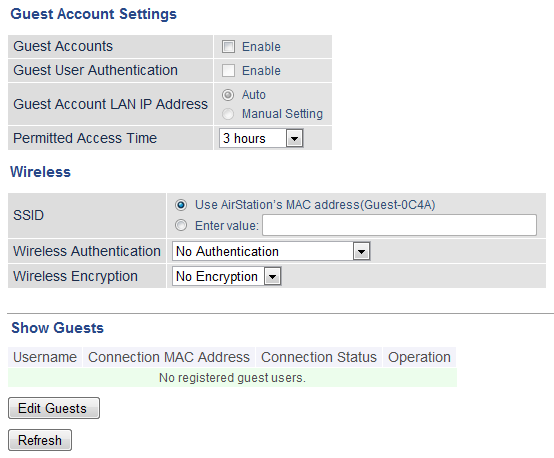
- MAC WIRELESS SETTINGS HOW TO
- MAC WIRELESS SETTINGS FOR MAC
- MAC WIRELESS SETTINGS MAC OS X
- MAC WIRELESS SETTINGS MAC
MAC WIRELESS SETTINGS MAC
MAC WIRELESS SETTINGS HOW TO
How to Find MAC Address in Linux or Unix?
MAC WIRELESS SETTINGS FOR MAC

To find MAC Address, see the instructions given below for popular operating systems. It may be interesting for you to know that all the OUIs are registered and assigned to the manufacturers by IEEE. For example, let's say a network card manufactured by dell has a physical address: 00-14-22-04-25-37, in this address, 00-14-22 is the OUI of Dell which identifies that the device is by Dell. OUI is always the same for NICs manufactured by the same company. The first three sets of two hexadecimal numbers in a MAC Address identifies the card manufacturer, and this number is called OUI (organizationally unique identifier). There are several NIC manufacturers some well-known of them are Dell, Cisco, Belkin. The physical address is stored into the NIC by its manufacturer, that is why this address is also called a burned-in address (BIA) or ethernet hardware address. This mode is similar to Shared Network except that this virtual subnet (10.37.129.x) is isolated from the outer world. The network adapters or network interface cards always come with a MAC address which is fed into hardware, usually in read-only memory (ROM), or BIOS system. (may work unstable depending on router settings) Bridged: Default Adapter corresponds to whichever network adapter is chosen as the default (the first in the list System Preferences > Network) on the Mac. MAC Address usually consists of six groups of two hexadecimal digits. It identifies the hardware manufacturer and is used for network communication between devices in a network segment. It is also known as a physical or hardware address. MAC Address or media access control address is a unique ID assigned to network interface cards (NICs). All this information is useful if you want to verify the generated mac address with the original vendor of this device in OUI vendor database.

Finding the mac address from this database tells us which manufacturer originally manufactured this device and what is the prefix, postfix of a given mac address, moreover it tells us what country was this device manufactured. The MAC Address vendor database consists of a list of mac addresses of all devices manufactured till date.

The scutil command-line utility allows for management for a variety of system configuration parameters and can be used to access system proxy configuration with the -proxy flag.MAC Address Lookup Tool searches your MAC Address or OUI in mac address vendor database. On the right, the "Set Service Order."" menu item can be used to change the precedence of the configured network adapters. Because the "Display Ethernet" network adapter is higher on the list, its proxy configuration takes precedence. On the left, two network adapters are active. The adapter order can be changed by clicking on the gear icon at the bottom of the list and clicking the “Set Service Order…” menu item. Set the list type to 'Allow' or 'Deny.' This determines whether the MAC addresses you enter in the next step. If you are setting up MAC authentication, select 'Enable.' 9. Your active network will usually be the one at the top of the drop-down list. If more than one adapter is connected, the operating system uses the proxy configuration for the connected adapter highest on the adapter list in the Network System Preferences pane. Select 'MAC Authentication' in the menu on the left. The operating system uses the proxy configuration for the currently-connected adapter, updating the system proxy as adapter connection states change. For example, a Thunderbolt ethernet adapter has its own proxy configuration associated with it that is separate from a wireless adapter.
MAC WIRELESS SETTINGS MAC OS X
Mac OS X maintains individual network proxy settings for each network adapter. This post describes a method for programmatically setting the command-line network proxy environment variables based on the configured proxy in the Network System Preferences pane. However, this functionality doesn’t extend to command-line work in Terminal or iTerm and can be a pain when using git or package managers like npm, apm, pip, or homebrew while switching between environments. Mac OS X does a good job of juggling proxy configurations for graphical applications while moving between wired and wireless network connections.


 0 kommentar(er)
0 kommentar(er)
